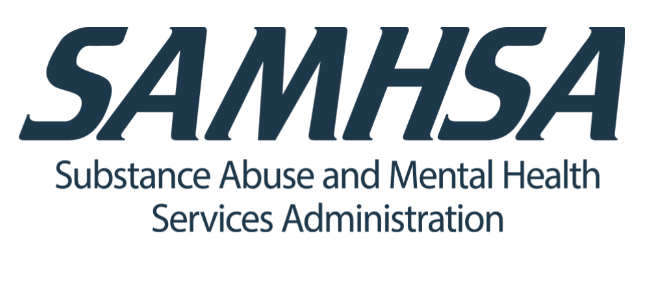Suboxone is a medication used in the treatment of opioid addiction. It is a combination of buprenorphine and naloxone. Suboxone can be very helpful when it comes to lessening the withdrawal symptoms of opiates such as heroin, hydrocodone, and oxycodone. Unfortunately, Suboxone itself is classified as a Schedule III narcotic under the Controlled Substances Act. This means that it is entirely possible for the drug to be misused and Suboxone addiction is not uncommon.
Buprenorphine, one of the main ingredients in Suboxone, affects the same area of the brain as opiates. It can result in euphoria, pain-numbing, and sedation. It does not, however, cause significant motor or cognitive impairment. While using an opioid to treat opioid addiction may seem counter-intuitive, it can greatly increase a person’s odds of successful recovery.
The other ingredient in Suboxone, naloxone, is an opioid antagonist that is meant to block the receptors. It is not given to patients by itself because it can cause them to plummet into withdrawal at a dangerous rate. The combination of a mild opiate with the opioid antagonist can be highly effective.
The problem with Suboxone is that those who are addicted to opioids can find a way to get the high they are seeking from it. This is usually accomplished using unsafe means, such as dissolving the drug in water and then injecting it into the veins. How a person will react to this can be very unpredictable and dangerous. This method bypasses the stomach, making the naloxone useless. Snorting the drug is another thing those with a Suboxone addiction have tried with moderate success in getting high.
Deaths from opioid overdoses are unfortunately on the rise. It is important to recognize the symptoms of a Suboxone overdose. They include:
- Pinpoint pupils
- Hypotension (low blood pressure)
- Weak pulse
- Slow, shallow breathing
- Drowsiness
- Cold and clammy skin
- Fainting
- Sedation
- Complete respiratory depression
If you suspect you or a loved one has overdosed, contact 911 immediately. It is considered a medical emergency and should be treated as such. Suboxone is particularly dangerous when it is taken at the same time as a central nervous system depressant, such as alcohol or a form of benzodiazepines.
What is Suboxone Withdrawal
Suboxone can have its own withdrawal symptoms and timeline. It, like any opioid-containing medication, should be detoxed from under professional supervision. If you or a loved one have been misusing the drug, the first step toward recovery will be detoxifying the body. This can cause symptoms of withdrawal if your body has become physically dependent on Suboxone.
The first stage of withdrawing from Suboxone usually occurs in the first 72 hours after the last dose. This is when physical symptoms tend to appear. These initial symptoms will likely begin to diminish in the following week. Changes to mood, insomnia, and generalized aches and pains can last anywhere from 1-3 months. How intense the withdrawal experience is will depend on how long the person has been on the drug and their dosage.
While going through the detox/withdrawal process, it is important to seek help. During this period, people are very susceptible to relapsing and even seeking out harder drugs when the withdrawal symptoms become too intense. If need be, there are other medications that can be administered to ease the process and increase your odds for success.
Suboxone Withdrawal Symptoms
The symptoms of Suboxone withdrawal are very similar to those of heroin withdrawal, although usually less intense. While going through the process, you are likely to experience at least some of the following:
- Insomnia
- Anxiety
- Headaches
- Diarrhea
- Sweating
- Vomiting
- Mood swings
- Intense opioid cravings
- Body aches
- Cramping
- Increased heart rate
- Hot and/or cold flashes
- Feeling uncomfortable in your skin
Suboxone Detox
Suboxone detox should not be attempted at home on your own. A professional should determine the rate at which you should taper off so that you can stop taking the drug safely. Not only can this reduce your discomfort during the process, but it can also greatly reduce your risk of relapse. Many people are surprised by how hard the cravings hit while they are going through withdrawal.
Detoxing from Suboxone is only the first step in the process. Long-term treatment is often needed to kick the habit for good. Individual therapy, group therapy, 12-step programs, and other forms of support can be used to increase your odds for success.
If you are ready to learn more about detoxing from Suboxone, contact us today. The dedicated team here at Novo Detox is always happy to answer questions and looks forward to helping you or your loved one on the path to sobriety.




